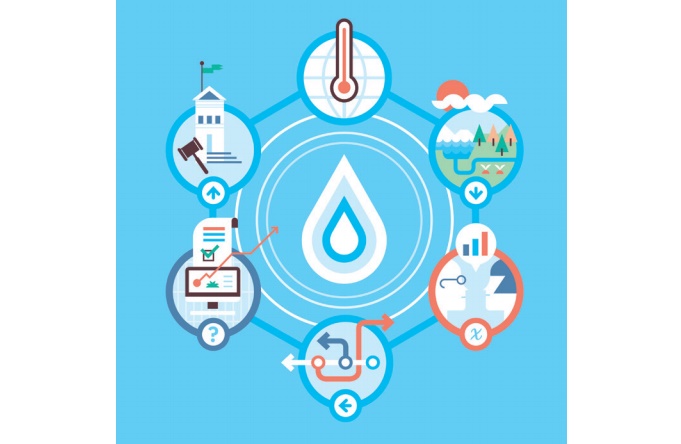
Contents
Introduction
Wastewater treatment plays a crucial role in addressing climate resilience, ensuring the sustainability and adaptability of our environment in the face of climate change. This article explores the historical background, key concepts, and main discussion points surrounding wastewater treatment and climate resilience.
Historical Background
Over time, wastewater treatment methods have evolved to keep up with the growing environmental challenges. These advancements have been shaped by historical events and milestones, enabling us to better manage and mitigate the impacts of climate change on wastewater treatment systems.
Key Concepts and Definitions
Understanding the key terms and concepts related to wastewater treatment and climate resilience is essential. This section provides clear definitions of wastewater treatment, climate resilience, and other related terms such as climate change, resilience, and adaptation.
Main Discussion Points
Impact of Climate Change on Wastewater Treatment Systems
The effects of rising sea levels and increased storm intensity pose significant challenges to wastewater infrastructure. Wastewater treatment plants must navigate these extreme weather events and develop strategies to enhance the resilience of their systems.
Integration of Climate Resilience into Wastewater Treatment Practices
Incorporating climate resilience into the planning and design of wastewater treatment facilities is crucial. This section highlights the importance of such integration and showcases examples of climate-resilient technologies and techniques that can benefit both communities and the environment.
Co-benefits of Climate-Resilient Wastewater Treatment
Climate-resilient wastewater treatment offers co-benefits, including improved water resource management and conservation. Additionally, there is potential for energy generation and resource recovery from wastewater treatment processes, aligning with sustainable development goals.
Case Studies or Examples
To illustrate the practical application of climate-resilient wastewater treatment, two case studies are presented. The first focuses on a climate-resilient wastewater treatment plant in a coastal city, evaluating its performance during extreme weather events. The second examines climate change adaptation in a wastewater treatment facility in a drought-prone region, assessing its ability to withstand prolonged drought conditions.
Current Trends or Developments
Stay updated on recent advancements in climate-resilient wastewater treatment technologies. This section also explores research findings regarding the impacts of climate change on wastewater treatment systems and innovative approaches for enhancing the climate resilience of water and wastewater infrastructure.
Challenges or Controversies
Disagreements may arise regarding the prioritization of climate resilience in wastewater treatment planning. Financial constraints and cost-effectiveness considerations also play a role in implementing climate-resilient measures. This section explores potential conflicts between climate-resilient wastewater treatment and other environmental considerations.
Future Outlook
Anticipating the changes and challenges that lie ahead, this section discusses the potential advancements and innovations in climate-resilient wastewater treatment. Emphasizing the importance of continued research and collaboration, it highlights the need to address future climate resilience needs.
Conclusion
In conclusion, this article recaps the main points discussed, emphasizing the integration of climate resilience into wastewater treatment practices. A call to action is made for policymakers, researchers, and practitioners to prioritize climate-resilient approaches, ensuring a sustainable future.